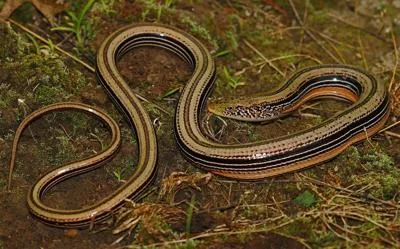
Wisconsin DNR Proposes Incidental Taking Permit For Endangered Species
In a move that underscores the ongoing struggle for wildlife conservation, the Wisconsin Department of Natural Resources (DNR) has announced a proposed permit for the "incidental taking" of several endangered species in Monroe County. This decision comes as part of the Oakdale Electric Co-op Fort McCoy Project, which draws attention to the delicate balance between development and preserving our natural heritage.
The term "incidental take" refers to the unplanned loss of endangered or threatened species that does not significantly jeopardize the overall population. As the DNR investigates the impact of the project, the focus has turned to various endangered species such as the slender glass lizard, the ottoe skipper, the phlox moth, and the threatened frosted elfin and prairie leafhopper.
According to DNR staff, while the proposed project may lead to the incidental taking of some individuals, studies indicate that it is unlikely to substantially affect the survival or recovery of these species within the state. This conclusion, however, does not diminish concerns raised by conservationists and wildlife advocates. The clash between development projects and the preservation of endangered species is a contentious one, often igniting debates on best practices for biodiversity protection.
Details of the Oakdale Electric Co-op Fort McCoy Project include the installation of underground cables and new transformers, all within an area of approximately six acres along State Highway 16. The DNR has assured local residents that conservation measures aimed at mitigating the negative impacts on these threatened species will be part of the permit agreement.
Community involvement is also encouraged; the DNR is inviting the public to submit comments on the project's implications for local wildlife by June 5th. Stakeholders can reach out to Conservation Biologist Stacy Rowe via email or phone to share their insights and concerns.
As we navigate the complexities of human development and environmental conservation, this incident serves as a stark reminder of the responsibilities we bear toward our planet's vulnerable inhabitants. Are we as a society equipped to strike a balance? Or must we inevitably choose sides? We invite our readers to share their thoughts on this pressing issue.
Leave your comments below and let us know your perspective on the challenges of protecting endangered species while accommodating necessary infrastructure growth.